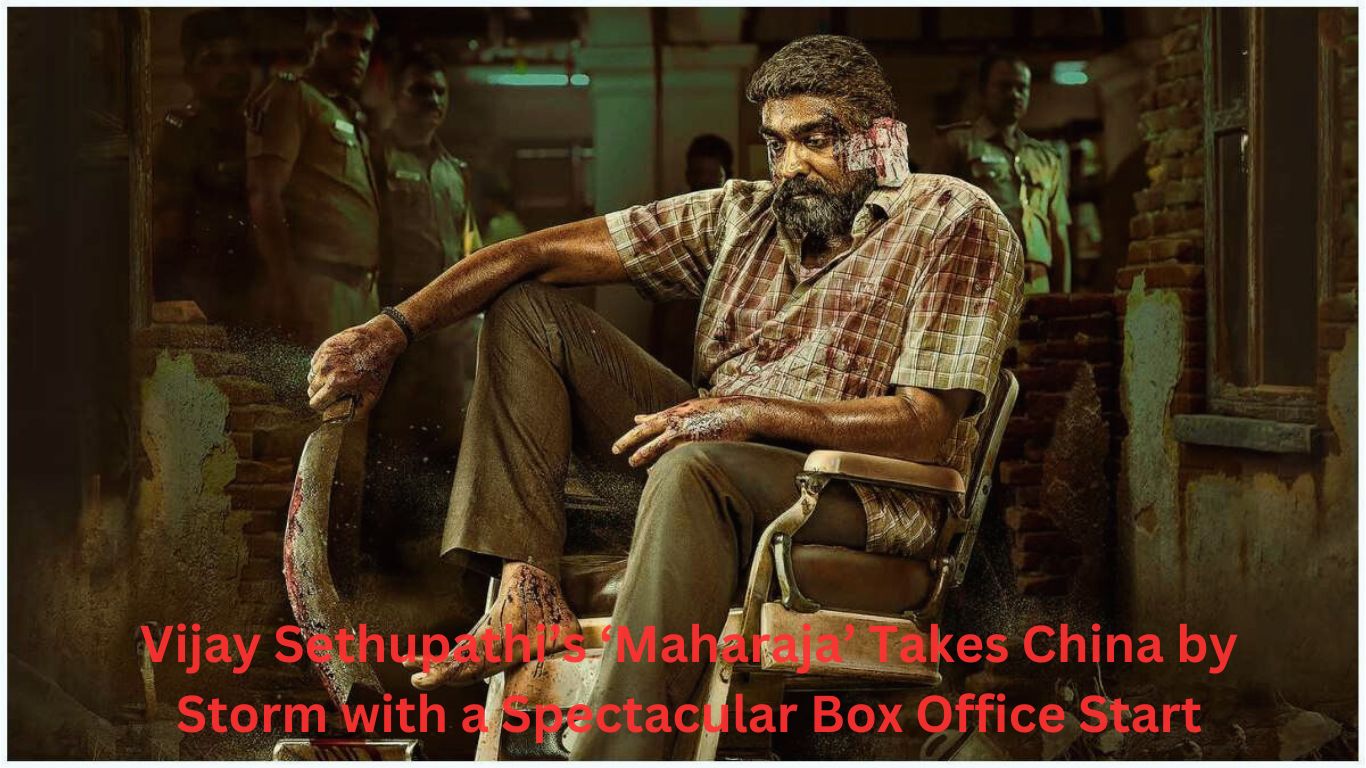Diversity in Film: Spotlighting Underrepresented Voices in Cinema
In an era where narratives shape cultures and influence societal paradigms, the importance of diversity in film has become increasingly apparent. For decades, the cinematic landscape has been dominated by a narrow set of perspectives, largely shaped by a predominantly white, male-centric industry. However, in recent years, there has been a noticeable paradigm shift. Voices from historically marginalized communities are gaining greater representation on-screen and behind-the-scenes. This article delves into the significance of diversity in film and spotlights the triumphs and ongoing challenges that underrepresented voices continue to face.
The Importance of Diverse Representation
Diversity in film goes beyond mere representation; it is about authenticity, empathy, and the portrayal of the human experience in its myriad forms. Studies show that diverse films resonate more with audiences, reflecting the increasingly multicultural society we inhabit today. When viewers see characters that share their backgrounds, experiences, and challenges, it fosters connection and understanding. Conversely, the lack of such representation can perpetuate stereotypes and alienate audiences.
Moreover, diverse storytelling avenues allow for fresh narratives, broadening the scope of human experience depicted in cinema. Films like "Moonlight," which explores the life of a young Black man grappling with his identity and sexuality, or "Crazy Rich Asians," which focuses on the Asian experience in a predominantly Western storytelling framework, not only achieve commercial success but also provide a platform for dialogues around race, class, and cultural identity.
Breaking Down Barriers: A Transformational Shift
The film industry is beginning to recognize the collective hunger for diverse storytelling. Initiatives and movements such as #OscarsSoWhite, the inclusion riders, and various film festivals focused on diversity have brought significant attention to the discrepancies in representation and have prompted action from studios and content creators alike.
Prominent filmmakers of diverse backgrounds have made commendable strides in reshaping the industry. Ava DuVernay’s “Selma” and “When They See Us,” Jordan Peele’s “Get Out” and “Us,” and Barry Jenkins’ “Moonlight” have received critical acclaim and number in the box office successes, demonstrating that stories from diverse perspectives resonate strongly with audiences.
Moreover, there has been increased affordability in film production technology, allowing underrepresented voices to tell their stories authentically. Platforms like Kickstarter and Indiegogo enable creators from varied backgrounds to raise funds for their projects, leading to a rich tapestry of unique films that might have otherwise remained untold.
Ongoing Challenges: A Call to Action
While the film industry is making progress, significant hurdles remain. Systemic racism, sexism, and other forms of discrimination are still deeply embedded in Hollywood. Despite improvements, many studios continue to prioritize box office numbers over authentic representation, often relegating diverse stories to niche markets. Furthermore, the roles many actors from underrepresented backgrounds receive can often be stereotypical or tokenistic, failing to fully capture the richness of their experiences.
Additionally, the intersectionality of identities—be it race, gender, disability, or sexual orientation—presents challenges. Many narratives remain centered around one aspect of identity rather than embracing the complexity of multifaceted characters. As the conversation around diversity evolves, it is vital to include voices that reflect the intersectional experiences of individuals who navigate multiple identities.
The Future of Diversity in Cinema
The future of film depends on continued support for diverse voices. Audiences can play an integral role by seeking out and supporting films that uplift underrepresented creators. Streaming platforms have a unique opportunity to foster inclusivity by providing a space for indie films and underrepresented narratives that traditional theatrical releases might overlook.
Moreover, industry gatekeepers and investors must commit to diversifying their practices—not only by funding projects from diverse creators but also by actively dismantling barriers that prevent access to the film industry for marginalized groups. Comprehensive training programs and mentorship opportunities can help cultivate a new generation of filmmakers who can bring their authentic stories to the screen.
Conclusion
Diversity in film is not just an ideal; it is a necessity for an industry that holds profound power in shaping perceptions and forging connections. While strides have been made, the journey towards equitable representation requires continuous effort, vigilance, and committed advocacy. By uplifting underrepresented voices and embracing diverse stories, we can contribute to a richer and more authentic cinematic landscape, ultimately enriching our shared human experience. Our stories deserve to be told in all their complexity—let us ensure the narratives we celebrate reflect that diversity.















